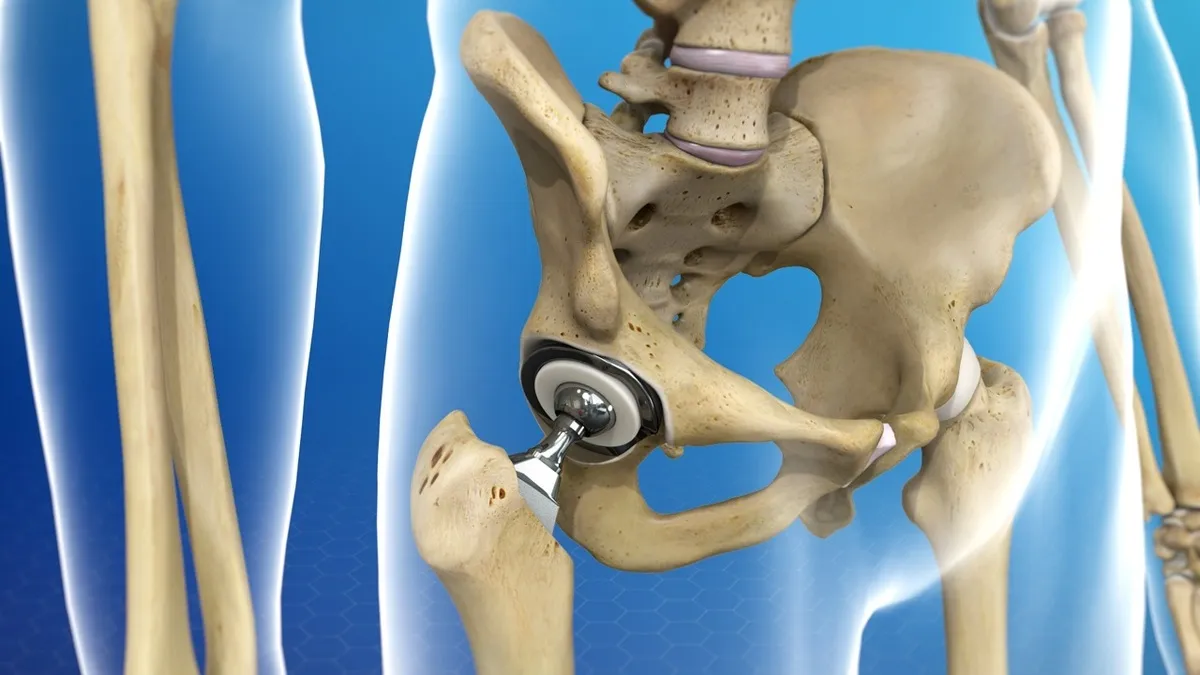Biodegradable Bone Stabilizers Developed in Iran for Orthopedic Surgeries

“Biodegradable metals provide the necessary structural support to the host tissue, degrade gradually within the body, and then disappear completely after completing their task of aiding tissue repair,” said Somayyeh Abazari Sivandi, a PhD student at the faculty of materials engineering of Amirkabir University of Technology and manager of the project.
She noted that magnesium alloys can be used in the physiological environment of the body due to their good biocompatibility, excellent biodegradability and bone formation ability.
“The production of magnesium composite screws and pins reinforced with nanographene compounds for the repair of broken bones eliminates the need for secondary surgery to remove the implant from the body after repairing the damaged tissue and reduces the patient's anxiety and stress and bone infections during operation,” Abazari Sivandi said.
In a relevant development in June, Iranian researchers at University of Tehran achieved the technical know-how of producing strong bone cement with application in orthopedic surgeries.
“Bone cement is widely used to connect defective and fractured bones, fill holes caused by bone tumors and keep implants stable in orthopedic and trauma surgeries,” said Mohsen Shahrousavand, an assistant professor of Caspian technical faculty of University of Tehran and one of the researchers of the project.
“For instance, vertebroplasty and kyphoplasty are two types of surgery that surgeons perform to treat spine fractures caused by osteoporosis and vertebral fractures, and bone cement is used in these operations,” he added.
Noting that cements based on polypropylene femurate (PPF), calcium phosphate bone cements (CPBCs), glass ionomer cements (GIC), acrylic cements or cements based on polymethyl methacrylate (PMMA) exist in the market, Shahrousavand said, “Polymethyl methacrylate cements are generally two-component materials and consist of methyl methacrylate polymer powder and methyl methacrylate monomer liquid. Since the cements used in orthopedic applications need to withstand physical forces, therefore they should have appropriate compressive strength.”
Elaborating on advantages of the Iran-made bone cements, he said, “To control temperature during setting, calcium phosphate nanoparticles derived from oyster shell powder were used, and cellulose nanoparticles modified with calcium phosphate increased the mechanical strength of bone cement. At the same time, these materials have led to the improvement of the bioactive properties of bone cement, which has greatly reduced the inflammatory reactions in the body.”
“In this project we used zinc oxide nanoparticles to increase the antibacterial properties of the bone cement,” Shahrousavand said.
4155/v





















